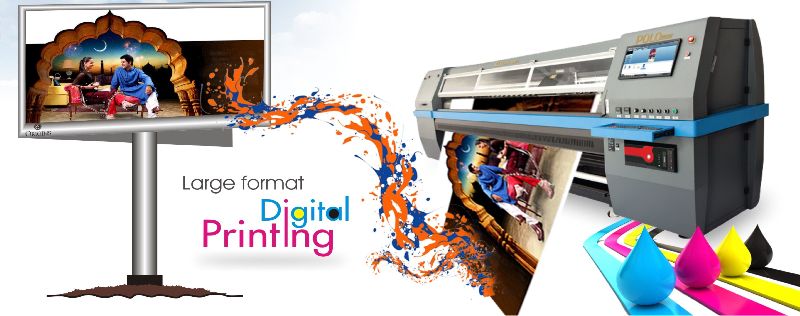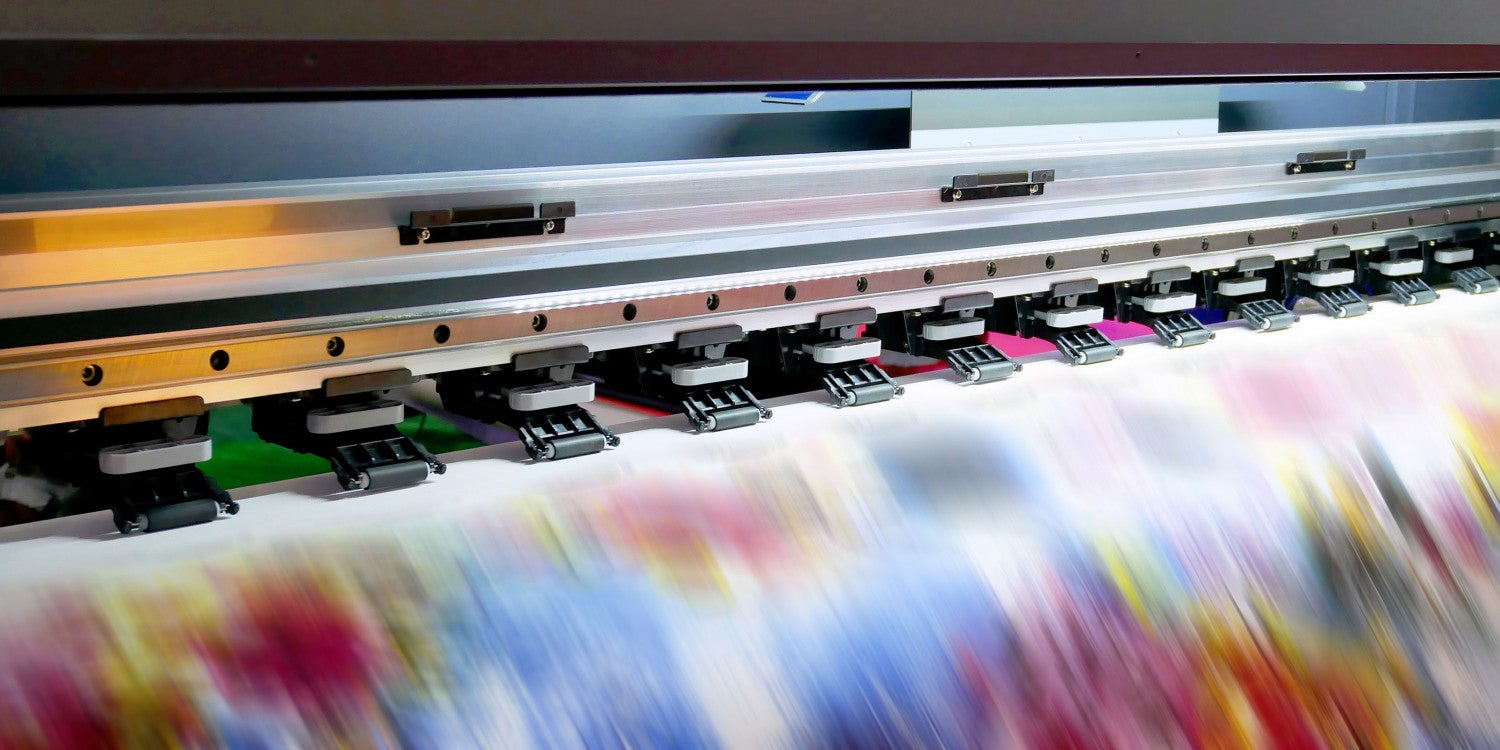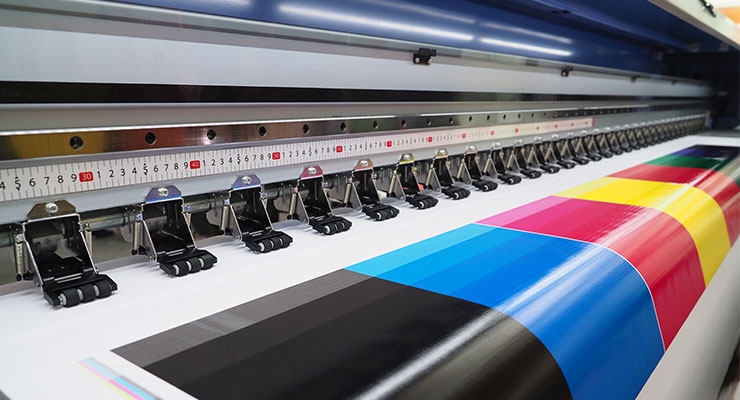The Greatest Guide To Digital Printing
The Greatest Guide To Digital Printing
Blog Article
What Does Digital Printing Do?
Table of ContentsThe Basic Principles Of Digital Printing Unknown Facts About Digital PrintingThe Ultimate Guide To Digital PrintingHow Digital Printing can Save You Time, Stress, and Money.Some Known Questions About Digital Printing.The Digital Printing StatementsNot known Factual Statements About Digital Printing Some Of Digital Printing
Personalization also permits businesses to stand apart in a congested market by producing distinct advertising and marketing products that distinguish them from their rivals. Among the major advantages of electronic printing is the ability to publish variable information. Each printed piece can be special, allowing organizations to create tailored marketing materials that speak straight to their target market.Digital printing likewise permits personalization in the style of marketing products. With electronic printing, businesses can create designs that are unique and tailored to their details requirements. This can include personalized graphics, font styles, and layouts that can assist to separate them from their competitors. Another advantage of electronic printing is the ability to print as needed.
Getting The Digital Printing To Work
This advantages businesses that intend to evaluate different marketing techniques or introduce brand-new services and products. By printing smaller amounts of advertising products, businesses can reduce waste and stay clear of the need for excess inventory. Digital printing is likewise functional. It can print on various materials, including paper, cardstock, plastic, and steel.
By using different materials and formats, services can develop unique advertising and marketing materials that stick out from their rivals and attract interest from their target audience. Digital printing likewise provides uniformity. With typical printing approaches, there is typically variation in between prints as a result of differences in ink insurance coverage, pressure, and various other variables.
This consistency can aid develop customer trust fund and trustworthiness, showing that business is devoted to providing top notch materials. Uniformity is particularly vital for services that desire to build consumer trust and credibility. By guaranteeing that every print corresponds, companies can show that they are dedicated to providing high-quality products and taking note of the details.
The Best Guide To Digital Printing

Additionally, digital printing produces less waste because it can print on need and in smaller quantities, minimizing the need for excess stock and materials. Digital printing likewise makes use of much less energy compared to typical printing techniques. Digital printers do not require as much power to operate, as they do not need to heat up as a lot or use as much power to run.
Excitement About Digital Printing

Countered printing requires a plate for each shade published. Conventional countered printing is a print method that makes use of light weight aluminum plates to move ink onto a rubber sheet (typically described as a "covering"). The image is after that rolled onto the printing surface area. This printing approach is thought about "balanced out" due to the fact that the ink is not moved to the paper straight.
The Ultimate Guide To Digital Printing
Balanced out printing permits for a vast range of print products to be utilized during manufacturing. The top quality photos created via countered printing make it the favored approach, especially amongst visuals developers, when looking for the greatest shade recreation, detail, and professional-looking prints.
For digital inkjet printing, ink is transferred straight onto the surface. Instead than relying on aluminum plates and rubber blankets to transfer a picture, electronic printing uses fluid ink throughout production.
Digital Printing - The Facts
Much better color fidelity refers to both the precision of the colors and their balance in the design. Since balanced out printing can mix custom shade inks for each more tips here job, it will naturally obtain the colors spot-on. Works just as well on almost any sort of product. Reliable, superior photo quality. Count on offset printing for clean, distinctive kinds and images without touches her explanation or places.
It costs a great deal to begin a countered job. You need to spend money right into creating the plates, which takes some time. However, as soon as you've invested it, every one of the materials are ready to go, and you'll invest less on large balanced out jobs than an electronic print, which has to do with the same per piece no matter exactly how big the work obtains.
Each print equals. You run the risk of less weird variants triggered by discrepancies in water and ink. Digital printing is much less costly for low-volume work. The rate each goes down for electronic printing, so at some point, they crisscross. Altering information within a solitary print task. For instance, state you were printing out postcards advertising a show.
The Greatest Guide To Digital Printing
While electronic printing or inkjet printing is the favored choice in the existing times, there are engaging reasons to transform from balanced out to digital printing systems. When publishing balanced out or digitally, critical choices and procedures are click resources included in color matching.
Industrial inkjet printing uses adaptability for printing on numerous various substrates. Digital printing is ideal for consumers who do not call for longer runs and warehousing materials.

One advantage of digital printing is choosing from a wide array of electronic substratums. With countered printing, substratums make up, on average, 30% of the cost of the job. With digital printing, the cost of the substratum in the total work is tiny. This enables even more options than ever, which's excellent for marketing experts and businesses.
Digital Printing Can Be Fun For Anyone
drop-on-demand is the 2nd printing technology to consider. Continual inkjet systems need significant upkeep, more driver training, and higher downtime. However, tools costs in inkjet printing are much less than countered printing as there are no plate-making, plates, and press expenditures. Beyond the capital expenditure, the prepress tools and printing machine require extremely competent operators in balanced out printing, which adds labor expenses.
Report this page